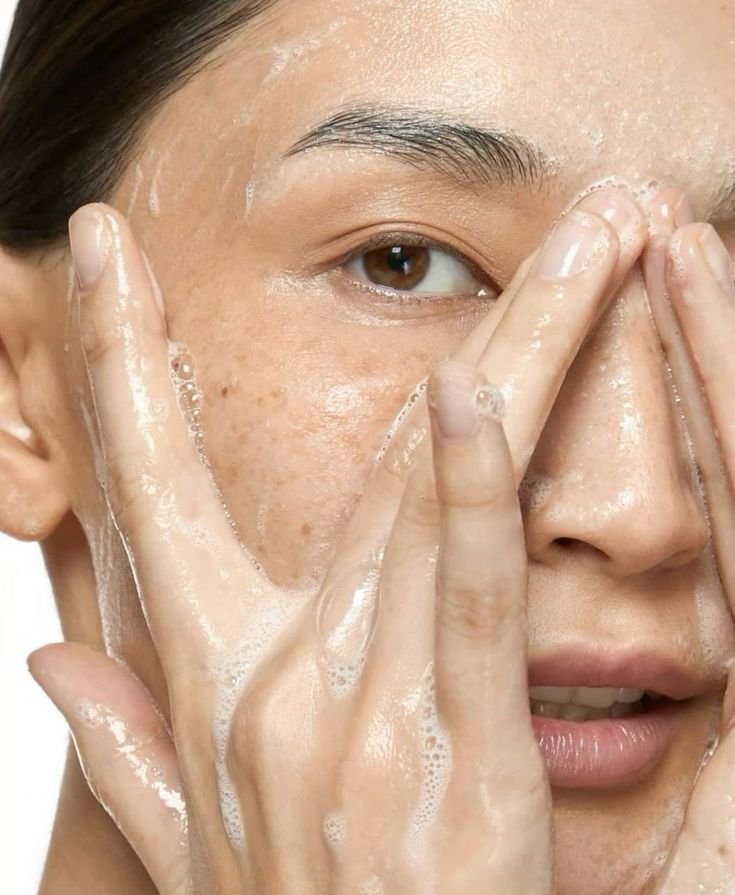We all understand the importance of sunscreen; however, the jury is still out regarding the ingredients. This latest US report sheds light on how UV filters affect our health and the environment. Read on to learn more, says editor Trudi Brewer.
Image Instagram
There has been a concerted effort by the National Academies of Sciences, Engineering, and Medicine (NASEM) in the US to review the effects of UV filters commonly used in sunscreens on human health and marine wildlife. In conjunction with dermatology, cancer prevention, behavioural science and human epidemiology experts, a report released this week by the NASEM highlights insufficient data.
Among the report's key concerns is that most UV testing has been conducted on people with fair skin, resulting in significant data gaps regarding how certain sunscreen ingredients impact those with higher melanin levels or darker complexions. The report also notes that certain sunscreen ingredients can harm aquatic wildlife, which is already under threat due to pollution and global warming. For example, when carried into the water on human skin, a recent study found that the organic compound oxybenzone, an active ingredient in some sunscreens, can worsen coral bleaching.
The scope of the study focuses on the 16 UV filters approved by the US Food and Drug Administration and an additional proprietary UV filter patented by L'Oréal in 1982 called ecamsule, otherwise known as Mexoryl SX.
"Sunscreen companies have moved at a glacial pace in providing the FDA with missing data for these UV filters," said Melanie Benesh, vice president of government affairs at The Environmental Working Group, in a statement supporting the report. "The sunscreen industry will need to be cajoled into playing a role in any new assessment of the environmental risks for these chemicals."
The report calls on the EPA to explore the potential toxicity of 17 UV filters: titanium dioxide, zinc oxide, trolamine salicylate, sulisobenzone, oxybenzone, octocrylene, octisalate, octinoxate, meradimate, padimate O, homosalate, ensulizole, ecamsule, dioxybenzone, cinoxate, avobenzone and aminobenzoic acid. "In addition to working with other federal agencies, the EPA will need to partner with sunscreen formulators and UV filter manufacturers to access toxicity testing and bioaccumulation studies," Benesh said.
The Personal Care Products Council released a statement in response to the National Academies report. Its findings "Support the PCPC's (PCPC) long-held position that there is currently insufficient relevant and reliable scientific data to conduct realistic ERAs, and there is not enough scientific data to support sunscreen ingredient bans." The statement also quotes WWD's BeautyStat founder and cosmetic chemist, Ron Robinson. "Policymakers, regulators and legislators should not make any decisions that impact consumers' access to FDA-approved sunscreen UV filters until the scientific community reaches an informed consensus," says Robinson in an interview with WWD. "There's no doubt that more research is needed in this area — I think we can all agree on that." Previously a cosmetic chemist for Clinique, Robinson noted that companies are responsible for ensuring their products and practices meet quality assurance requirements, echos the notion that until more data is collected, it's premature to ban sunscreen actives that are currently FDA approved. Robinson agreed with the report that ingredient testing needs to be conducted on more diverse skin tones. "I think the assumption is that people with darker skin tones are protected because they have more melanin, but we do see occurrences of skin cancer in those populations as well, so we need more data all around." The Environmental Working Group (EWG), which specializes in research and advocacy in environmental health, among other causes, suggests avoiding sunscreens that contain oxybenzone, because of concerns that it may impact hormone levels when absorbed through the skin in large amounts. Also, refraining from purchasing spray sunscreens to reduce inhalation risk and sunscreens with SPF values above 50+ may not provide increased UVA protection.
The EWG also suggested avoiding vitamin A in sunscreens, noting that government studies have linked retinyl palmitate, a vitamin A, to the formation of skin tumours and lesions when applied to sun-exposed skin.
Source WWD By Noor Lobad.





















We’re committing to this year.